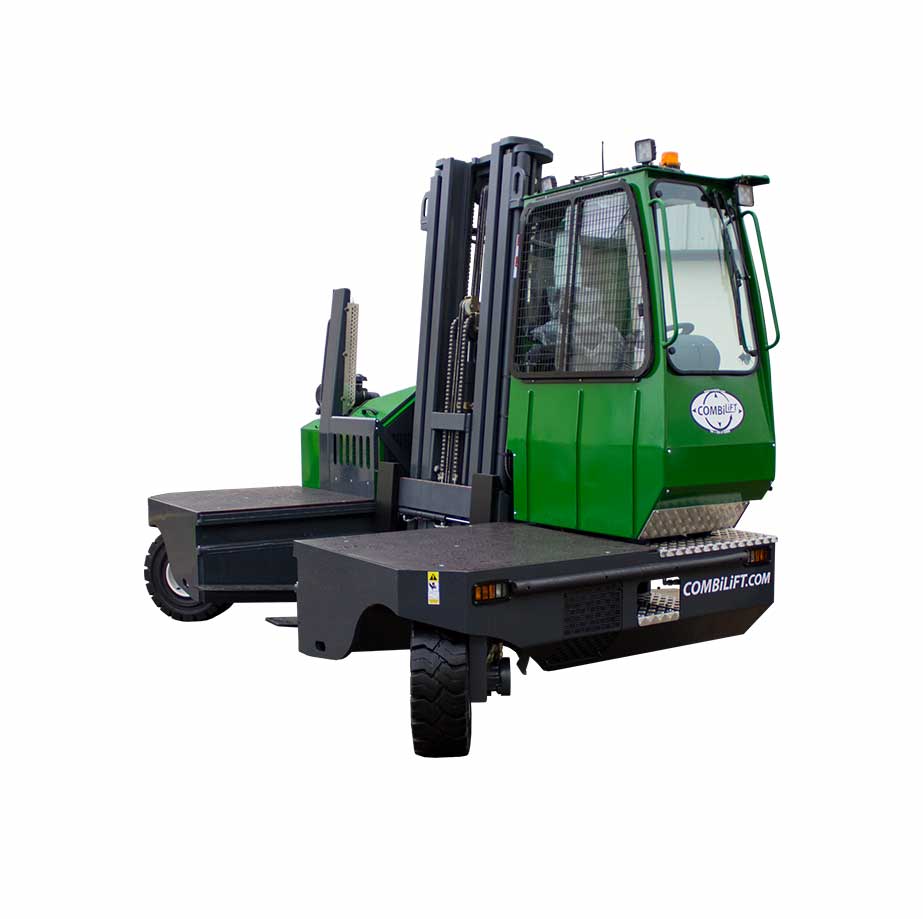In the modern construction and warehousing industries, achieving elevated operational efficiency hinges significantly on the proficiency of employees in handling various types of equipment. One such critical piece of equipment is the telehandler. Comprehensive telehandler training is essential to ensure that operators possess the requisite skills and knowledge to use this versatile machinery safely and effectively.
Understanding the Importance of Telehandler Training
The functionality of a telehandler extends beyond that of a standard forklift. Telehandlers, with their telescopic booms and varied attachments, can lift materials to considerable heights and reach both vertical and horizontal distances. This versatility introduces a complexity that requires specialized telehandler training. Proper training ensures that operators are well-versed in handling the equipment, understanding its capabilities, and recognizing its limitations.
Components of an Effective Training Program
An effective telehandler training program comprises several key components, including:
- Theoretical Instruction: This aspect covers the fundamental knowledge about telehandlers, including their design, functions, and the physics behind their operation.
- Practical Training: Hands-on experience is crucial for mastering the operation of telehandlers. This component includes supervised practice sessions where trainees operate the machinery under various conditions.
- Safety Procedures: Safety is paramount when operating heavy machinery. Training on the appropriate safety protocols, hazard recognition, and emergency response forms an integral part of the curriculum.
Benefits of Comprehensive Telehandler Training
Investing in telehandler training yields significant benefits:
Read more about telehandler training here.
Enhanced Safety
Proper training ensures operators understand how to use telehandlers safely, thereby reducing the likelihood of accidents and injuries. A well-trained operator is aware of the best practices and regulatory requirements, which contributes to a safer work environment.
Increased Productivity
Trained telehandler operators can carry out tasks more efficiently and effectively. Their ability to maneuver the equipment accurately and quickly can lead to enhanced productivity and reduced downtime on the job site.
Cost Efficiency
Fewer accidents and greater efficiency translate to cost savings. Reduced equipment wear and tear, fewer repairs, and lower insurance premiums are some of the financial benefits of rigorous telehandler training.
Implementing Training Programs
Organizations looking to implement telehandler training programs should consider partnering with certified training providers. These providers offer standardized training modules that comply with industry regulations and best practices. Additionally, in-house training sessions tailored to specific job site requirements can be beneficial.
Certifications and Continuous Learning
Post-training certification validates the operator’s proficiency and enhances their employability. Moreover, the construction and warehousing industries are ever-evolving, making continuous learning and refresher courses vital. Keeping up with advancements in telehandler technology and updated safety standards ensures ongoing operational excellence.
Conclusion
Mastering the art of telehandler operation through comprehensive training is imperative for anyone in the construction or warehousing fields. The blend of theoretical knowledge, practical experience, and adherence to safety protocols equips operators to handle telehandlers with confidence and competence. Telehandler training is not merely a regulatory requirement but a cornerstone of efficient and safe operation, delivering multifaceted benefits for operators and organizations alike.


